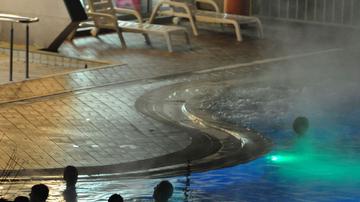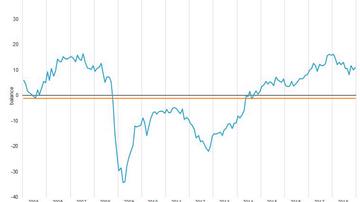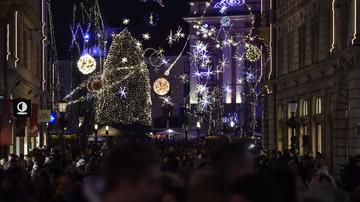
Residents of Slovenia have almost 55,000 different names, some of them related to months: April, May, July and August. While April is a female name (of 10 women in Slovenia), Maj, Julij and Avgust are male names, which also appear in female forms (Maja, Julija, Avgusta).
In an earlier release we established that most Majas are born in May; one in six, which is about twice as many as in any other month. The link between the female name Maja and the month of May is thus obvious. It is similar for the male name Maj, since 19% of all Majs were born in May.
Julij is not a very common male name; only 206 men in Slovenia are named Julij and they are on average almost 51 years old. Most of them were born in the 1940s; a quarter was born in independent Slovenia. Most men with this name were indeed born in July (12%), but this is about the same as in January and March. The situation is similar as regards the female name Julija; 2,999 women with this name, which has been particularly popular since the year 2000, live in Slovenia. From 2011 on the name was eighth most common girl’s name. Julijas are on average 15 years old. Most of them (13%) were born in July. The situation is similar with the name Julia; most of them were born in July but their number is much lower at 212.
Avgust is a male name of older generations. There are 852 men with this name in Slovenia and they are on average almost 65 years old. Men named August are on average even older (68 years), but their number is much lower at 42. 28% of Avgusts and 26% of Augusts were born in August, which is much more than in other months. In Slovenia there are 56 women named Avgusta (the name has not been given to babies after 1981).
In the past names in Slovenia were very frequently selected in connection with the church calendar. A child was given a name of the saint whose name day was on or close to their birthday. Since the end of the 1960s naming after saints has gradually become less frequent. The use of the church calendar in selecting names had an impact on the number of different names used; the list was much shorter than today. In other words, in the past more residents were given fewer different names.
The distribution of residents’ names by month of birth shows that for some it is characteristic that they appear in a larger number and share in particular months. In other words, the number of residents with the same name by month of birth is much higher in a specific month than in any other month. There is a link between the selected name and the name of the saint whose name day is in a particular month. These are mostly old-fashioned names and to a larger extent names of older generations.
Among names appearing more than 1,000 times, one in four men named Alojz or Alojzij was born in June (name day 21 June) and one in four women named Ana or Anica was born in July (name day 26 July).
Ana is that evergreen name – the second most common female name in the country – that is probably due to being short still popular today. Among girls born after 1981 it is in the top ten, while in the 1991–2010 period it was fourth. The case of this name indicates a connection with the church calendar. Among girls born by the end of the 1960s one in three named Ana was born in July; after 1970 only one in nine.
Similarly, most men named Jakob were born in July (name day 25 July) and men named Jernej in August (name day 24 August). But because these two names are among the names whose popularly has not declined, the difference between the month in which most Jakobs and Jernejs were born and other months is not as obvious as in the names that were more popular in older generations. Most women named Jerneja were also born in August.

































































